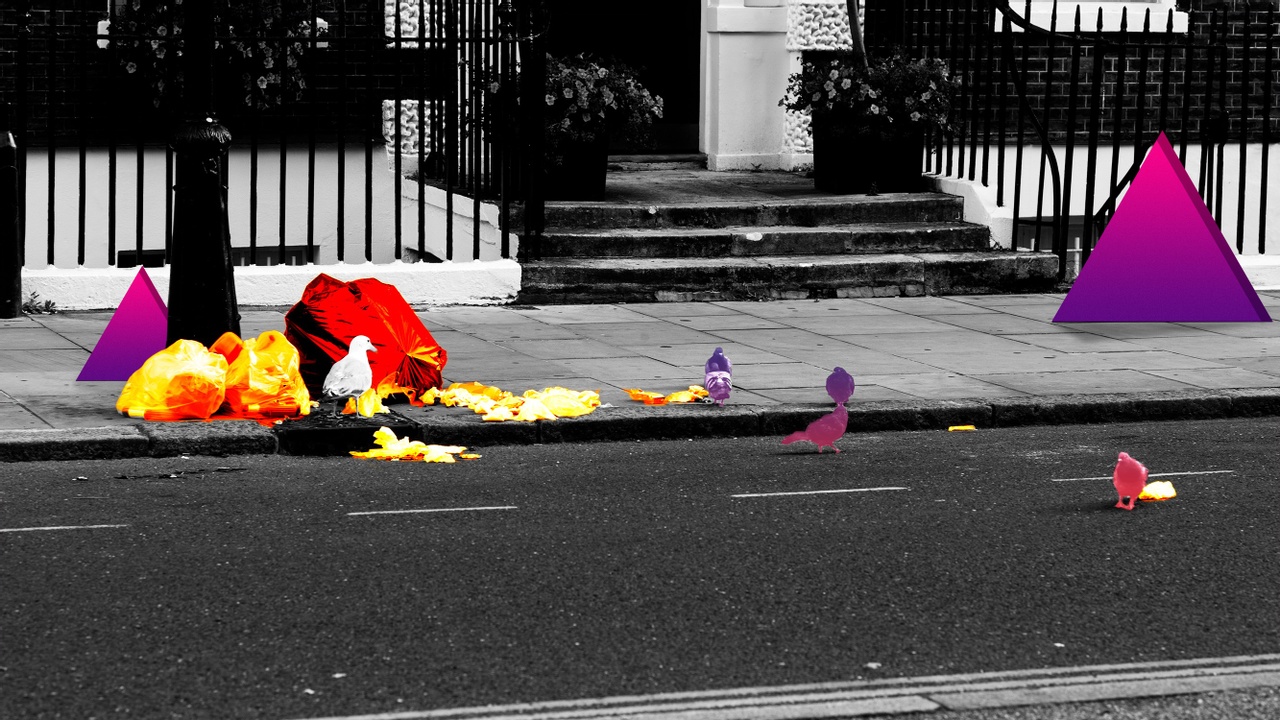
Do you consider your customers’ problems your problem?
But first I should ask -- do you know your customers’ problems?
This is more than problems uncovered with analytics and CRM data. It’s deeper than identifying a pain point and then brainstorming quick solutions. I mean understanding the core of the issue your product or service is being designed to solve.
I mean understanding human problems.
Breakthrough solutions emerge when we seek to understand human problems and not pour all our energy into analyzing data.
Below is a great story that highlights the value of looking beyond the data and seeking to understand a human problem that was impacting business.
Back in the mid-2000’s, I worked at Saatchi & Saatchi. We had a client, Procter & Gamble, who was experiencing a real challenge in Saudi Arabia with Oil of Olay. Their messaging was off, and it was becoming increasingly difficult to gain traction on their product -- a product that had an impressive following elsewhere.
At the time, the brand was launched using the global value proposition: Cure the Seven Signs of Aging.
The problem was that consumers in Saudi Arabia didn’t resonate with that idea. As a result, sales struggled.
To try and better understand the problem, the Planning Team at Saatchi decided to venture to Saudi Arabia. The trip would afford them the opportunity to spend time in consumers’ homes and see if exposure and might provide insight. After all, as the team would often say:
“If you want to understand how the lion hunts, you don’t go to the zoo, you go to the jungle.”
The team spent a couple of weeks in the home of a mother and her three daughters who were regular users of the product. Over the course of the visit, a relationship began to develop, and eventually, the women felt comfortable removing their head coverings, their hijabs.
The team was surprised by what was revealed: these particular women had beautifully and intricately painted faces.
Soon after, the team inquired: “Why do you use Olay?”
The response: “Because it does an amazing job of creating the perfect canvas.”
There you have it.
Marketing Olay as the product “to create the perfect canvas” revealed itself when the team stayed on course, working to understand the core problem. And guess what? After repositioning the campaign, sales took off. (In fact, by 2013, Olay had become P&G's 13th billion dollar brand!)
Understanding real, human-related problems means spending time with real humans. Spreadsheets can reveal a lot but I've not yet seen one reveal a human truth.
Customer data and AI can’t unlock human truths and intentions in the same way interacting with real humans can.
Hard to decide with initiatives to undertake? Read More Isn’t Always Better.
In my bigQUEST Framework, we’ve developed questions that lead to key insights that take you beyond the zoo and into the jungle.
- Who exactly is the customer of a particular initiative?
- Describe in detail the customer experience and how the problem they’re having is impacting their lives.
- Which aspects of the problem are measurable?
Teams carefully consider these questions and many more, and all serve the process of sitting with the problem and not rushing into solutions. When you are willing to sit with the problem, the solutions often reveal themselves.
Unfortunately, over 85% of new initiatives fail to achieve their intended outcome.
We can change that number.
Start with our free checklist, 5 Big Questions, to get you started on your Quest. These are simple, focused questions that will prepare you for a launch, and provide guidance as you adventure from Point A to Point B.
I’d love to hear about your experience. Leave me a comment and share your “jungle” insights versus your spreadsheet insights.

